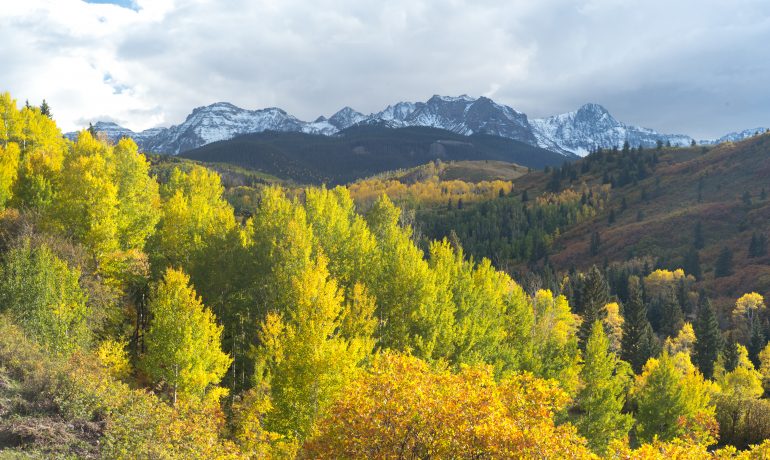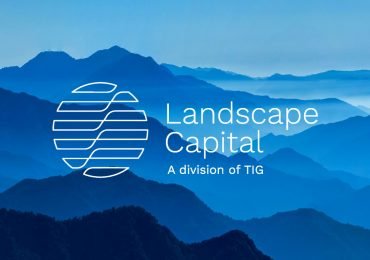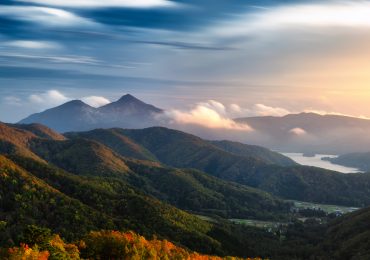Disclaimer: The following article was translated with permission from Capital Reset by BTG Pactual from the original Portuguese (original text available at https://www.capitalreset.com/mudanca-climatica-btg-quer-captar-us-1-bi-para-dar-escala-ao-reflorestamento-de-pastagens/). Please note that there is no guarantee that Landscape Capital will raise a fund, pursue investments in specific geographies, or invest in specific sectors as described below.
With Landscape Capital, bank seeks to attract investors interested in climate solutions with market returns
By Vanessa Adachi
November 20, 2020
BTG Pactual has just created a division to invest in the reforestation of degraded areas in Brazil and other countries in Latin America. Called Landscape Capital, the business is in the pre-marketing phase to raise US$ 1 billion from Brazilian and foreign investors.
The new strategy is part of the Timberland Investment Group (TIG), BTG’s forestry investment arm, which is among the world’s largest investment managers in the forest sector. However, while TIG’s traditional approach is to purchase existing forests in order to sell timber, Landscape Capital’s focus is on climate change.
The bank seeks to fill a gap that it has identified in the market.
“Most climate finance today goes to renewable energy and decarbonization of the transport sector. But these only prevent new emissions, while forests capture carbon from the atmosphere,” said Mark Wishnie, who leads TIG’s sustainability initiatives and founded the new division.
A specialist in tropical reforestation, he had been with The Nature Conservancy for the past three years leading the NGO’s global forestry program. In April of this year he returned to TIG, which he left in 2017, to head the new project.
“Our traditional business is to buy existing forests, which is less risky, because they are established assets that generate consistent cashflows. But the science is clear that the most powerful way to deliver climate benefits is to increase the area of forests,” he said.
Within the new investment strategy, the first focus will be to buy land that was once forest, but has been converted to pasture. The investments will all be made in Latin America, and Brazil and Paraguay are seen as two promising markets. In Brazilian lands, not only is the Amazon of interest, but also the Cerrado and Atlantic Forest biomes.
The idea is that about half of the areas will be reforested with native species from the region. “This is the best way to ensure positive impacts on biodiversity and other natural resources.”
On the other half of the purchased land, exotic species, such as pine and eucalyptus, will be planted in order to commercialize the wood. To a large extent, this is what will guarantee the return that the bank intends to generate for investors.
The goal, said Wishnie, is to deliver financial returns and climate benefits.
“While our traditional business is designed to maximize returns within a framework of sustainable forest management, Landscape Capital is designing the climate benefits first and then innovates to find ways to deliver the financial return.”
He did not make estimates for the fund, but said that in Brazil today, investor expectation for forest assets is a real return between 7.5% and 9% per year in local currency.
The areas of native forest will also be included in the return equation.
The idea is to generate revenue from the sale of carbon offsets from native and exotic forests, an opportunity that is expected to grow in the future as the carbon credit markets develop. Wishnie also sees an opportunity to sell other environmental services, such as improvement of water quality, although with more limited revenue potential.
Urgency and opportunity
Mark Wishnie said that the decision to create the new division came from the realization that there was a convergence between a need and an opportunity.
“The need is precisely the urgency of climate change, with more tangible impacts occurring every day. This has been recognized not only by governments and civil society organizations, but also by investors.” One example is the Net Zero Alliance, which brings together 33 of the largest pension funds and insurance companies in the world with $5 trillion in assets under management. Alliance members have pledged to make their portfolios carbon neutral by 2050.
In this context, he said, the certainty has grown among the scientific community that land, especially forests, is an important part of mitigating climate change. “Recent research indicates that well-managed land and forests can account for one-third of the Paris Agreement’s climate goals, more than the transport sector.”
And while it is increasingly clear that it is a critical part of the solution, historically the forestry sector has received few resources.
Wishnie said the challenge on the investment side is the lack of opportunities in the market for natural climate solutions with adequate risk-adjusted returns. “Many offerings have a great environmental and social impact, but on a small scale.”
BTG believes that this is a place it can occupy. “We have the opportunity to leverage BTG’s forestry investment platform, which is the fifth or sixth largest investor in forests in the world. We have the ability to unlock capital at scale for forests, with our technical knowledge and expertise.” Currently, TIG has US $3.5 billion between assets under management and committed capital.
Timber cities
Landscape Capital also intends to make investments downstream along the value chain – that is, in innovative applications of wood from reforested land.
Wishnie is an enthusiast, in particular, of so-called “mass timber,” a construction system that uses wooden boards, pillars and beams instead of the traditional steel and concrete to erect multi-story buildings. The system has been gaining support around the world, and the largest building using this technology began construction a few months ago in Milwaukee, in the US state of Wisconsin. It will have 25 floors.
Wishnie said mass timber is a great opportunity to decarbonize the construction industry. “There are calculations that by 2050, the number of buildings on the planet will have doubled. So, finding ways to decarbonize this sector is very important.”
In addition to replacing steel and concrete and reducing CO2 emissions from the construction process by more than 60% according to some estimates, wood provides a natural opportunity to store carbon that was removed from the atmosphere while the trees grow.
“Research that I am involved in now and which will be published next year should show that, if you also consider this CO2 storage, the building can become carbon-positive.” In other words, all together, the environmental benefit exceeds that of the simple growth of trees.
In addition to the environmental benefit, the strategy also aims to deliver social impact, says Patrícia Genelhú, who leads the sustainable and impact investment division at BTG.
“By investing in these assets, we can reach communities not served by basic services and we can create partnerships to improve education and health,” she said. According to her, Landscape will use the impact measurement system developed by the Global Impact Investing Network (GIIN), called IRIS+, to monitor and report the impacts achieved on its projects.



